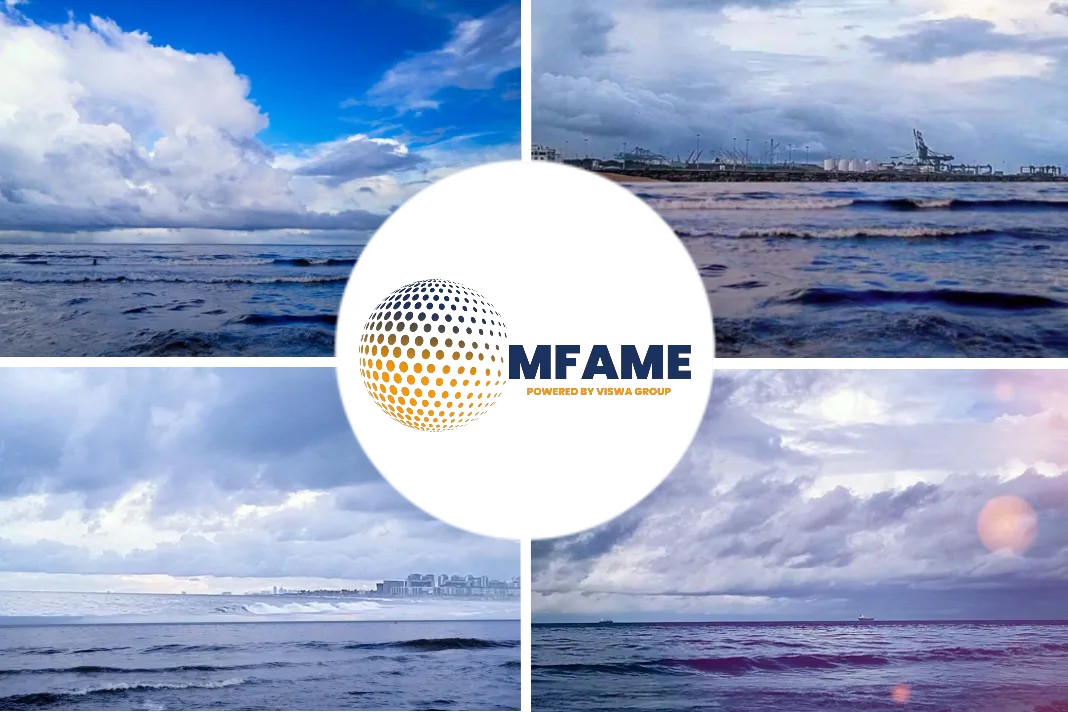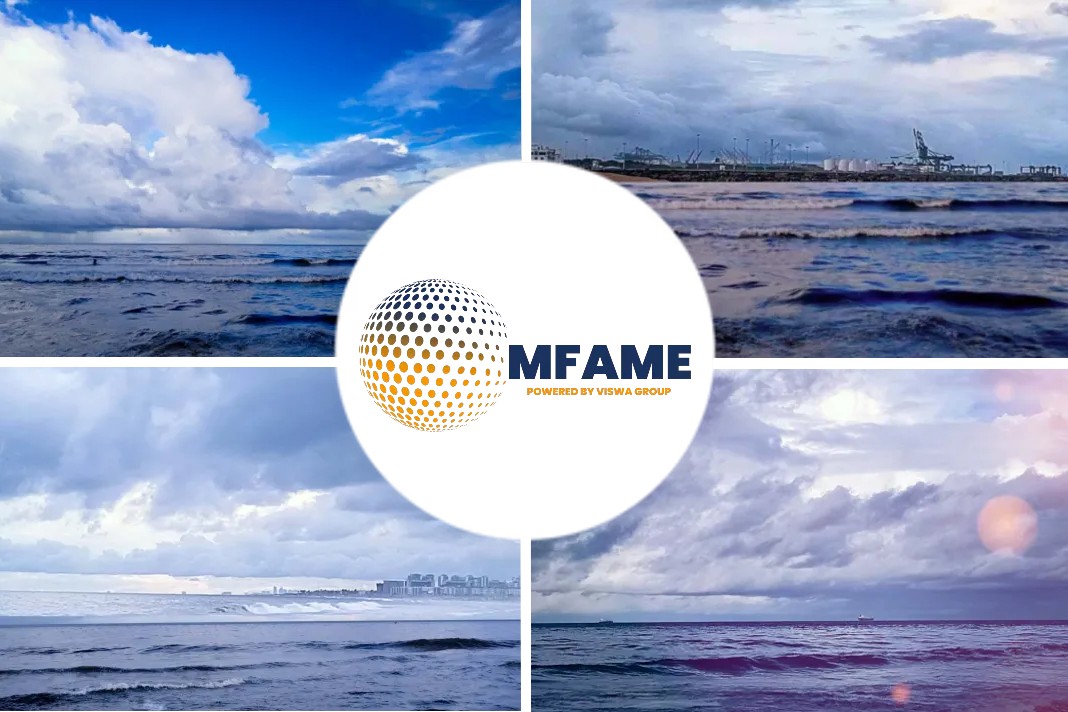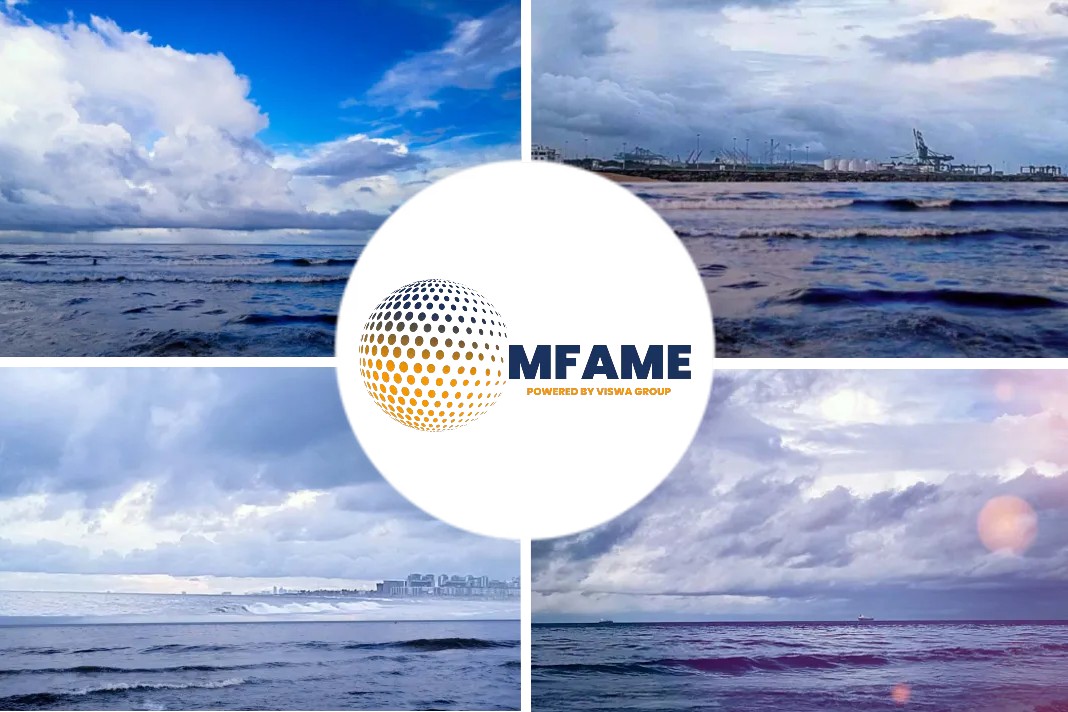- Biggest polluters of the world’s oceans, are managing to pass higher costs onto customers.
- Shipping rates on major routes jumped 31% since November, helping to dismiss fears that costlier fuel.
- China’s exports grew betterby 7.6% in December, the first year-on-year increase since July, while imports were also well ahead of forecasts, rising 16.3%.
- Singapore and Shanghai though well prepared for the new regulations and will strictly enforce the rules, fuel availability remains a concern.
- End of last year, a total of 3,028 vessels including 551 container ships had scrubbers, mostly open-loop.
- Asia’s third-largest economy is facing a shortage of cleaner-burning fuels as local refineries aren’t producing enough after the Jan. 1 introduction of IMO 2020.
- Refiners with the ability to produce IMO-compliant fuel are prioritizing supplies to their own vessels, prompting a scramble among other shipowners.
Container-shipping companies, are managing to pass higher costs onto customers after switching to more expensive fuel to meet new environmental regulations that came into effect this year, reports Bloomberg.
Polluters passing excess cost onto customers
Container-shipping companies, some of the biggest polluters of the world’s oceans, are managing to pass higher costs onto customers after switching to more expensive fuel to meet new environmental regulations that came into effect this year.
Increased shipping rates
Shipping rates on major routes have jumped 31% since the end of November, helping to dismiss fears that costlier fuel would pile more pain on an industry already hurt by the U.S.-China tariff war.
Easing U.S.-China tariff war
There are signs that dispute is now easing and the stuttering economy is picking up: China’s exports grew a better-than-expected 7.6% in December, the first year-on-year increase since July, while imports were also well ahead of forecasts, rising 16.3%.
Um Kyung-a, an analyst with Shinyoung Securities Co. in Seoul said, “This year could be a turning point. The new emissions regulation has given cause for container shipping companies to raise rates. Some shipping lines appear to have already started.”
Industry bearing fruits of consolidation
A consolidation in the industry has also given shipping giants more sway on rates. Cosco Shipping Holdings Co. acquired Orient Overseas International Ltd. and A.P. Moller-Maersk A/S bought Hamburg Sud, while Hanjin Shipping Co. went bankrupt in 2016.
Rahul Kapoor, head of commodity analytics and research at IHS Markit Asia Pte Ltd. in Singapore said, “The industry is now bearing the fruits of the consolidation. With five carriers controlling close to 70% of the market, it becomes easier to pass along the cost. We have been seeing very strong capacity discipline by the carriers this year.”
Usage of scrubbers for compliance
Fuel is the biggest cost for shipping companies. From Jan. 1, the International Maritime Organization required that they use fuel with sulfur content cut to 0.5% from a 3.5% limit in most parts of the world previously.
Ships can use higher sulfur fuel if they install cleaning devices called scrubbers, though more regions are banning the use of open-loop scrubbers that discharge sulfur back into the water. In November, Malaysia banned the practice within 12 nautical miles of its shores, following others like Singapore and China.
Availability concerns of Compliant fuel
According to analyst Lee Klaskow, while major ports such as Singapore and Shanghai are well prepared for the new regulations and will strictly enforce the rules, fuel availability remains a concern. He said the use of floating storage for fuel — in tankers off the coast — has risen significantly, helping to also lift tanker rates.
Only two state-run refiners — Hindustan Petroleum Corp. and Indian Oil Corp.– have announced they’re producing IMO 2020-compliant fuel, according to the Financial Express.
VLSFO supply
Hindustan Petroleum started supplying very-low sulfur fuel oil from its Visakhapatnam refinery on India’s east coast in December and supplied 5,000 tons last month. Indian Oil has began producing the fuel at two of its nine plants.
Scrubber fitted vessels
At the end of last year, a total of 3,028 vessels including 551 container ships had scrubbers, mostly open-loop. There are more than 30,000 ships operating worldwide, of which over 5,000 are container ships.
Backlash from financial institutions
IHS’s Kapoor said non-conforming shipping companies could face a backlash from financial institutions that have already imposed higher fees on those not buying more fuel-efficient vessels. Companies that fail to meet fresh criteria will either face higher interest costs or fail to secure loans, he said.
Global carbon emissions
- Shipping would rank as the sixth-biggest greenhouse gas emitter if it was a country, according to the World Bank, and if left unchecked could account for 15% of global carbon emissions by 2050.
- Envoys from 173 countries agreed at a 2018 meeting in London to limit emissions from the industry for the first time, with the aim of cutting them by at least 50% by 2050 from 2008 levels.
Global trade volume
- The World Bank says international maritime transport accounts for about 80% of global trade volume and 70% of its value.
- Charges on the spot market to haul 40-foot containers to Los Angeles from Shanghai have risen 22% in less than two months, according to the latest available World Container Index data.
- Those to Rotterdam surged 38%. It typically takes about 20 days for goods made in China to reach the east coast of the U.S. and some 30 days to Europe.
Asia’s third-largest economy facing shortage?
Ships hauling everything from coal to iron ore and consumer goods on domestic routes along India’s coast may run out of fuel as the nation struggles to meet new environmental standards.
The maritime industry in Asia’s third-largest economy is facing a shortage of cleaner-burning fuels as local refineries aren’t producing enough after the Jan. 1 introduction of the rules, known as IMO 2020. Under the standards, vessels without pollution-reducing kits must burn oil with lower sulfur content.
Refueling of ships calling at India
While foreigns ships calling at India can refuel at hubs like Singapore and Fujairah, the deficit of IMO-compliant fuel is a threat to vessels plying India’s coast. The shortage is another potential near-term hurdle for an economy where economic growth rates have halved since 2016 and inflation is surging.
Inadequate LSFO availability in eastern coast
Ranjit Singh, chief executive officer of Essar Shipping Ltd said, “Adequate quantities of low-sulfur fuel oil are not available at quite a few ports, especially on the eastern coast. If the marine fuel problem is not resolved, I think ships will come to a standstill.”
Some local refineries simply can’t ramp up output quickly enough to meet consumption, while others aren’t prioritizing the production and supply of grades such as very-low sulfur fuel oil and marine gasoil.
India’s bunkering demand rise
India’s bunkering demand averages around 20,000 barrels a day, but this has risen to around 30,000 in January due to IMO 2020, according to Abhishek Nambiar, an analyst at industry consultant FGE. Current supply availability is from 16,000 to 20,000 barrels a day, he said.
Supply Crunch
That’s in stark contrast with the situation before the roll-out of new standards, when almost every Indian refinery could produce and supply what was the previous industry norm of shipping fuel with more than 3% sulfur. The big private processors — such as Reliance Industries Ltd. and Nayara Energy Ltd. — tend to focus on higher-margin products like gasoline and diesel.
Refiners supply priority
To make matters worse, refiners with the ability to produce IMO-compliant fuel are prioritizing supplies to their own vessels, prompting a scramble among other shipowners. Some processors offered shipments for exports in the run-up to Jan. 1, resulting in less supplies in tanks and other storage facilities.
Mukesh Kumar Surana, chairman of Hindustan Petroleum said, “We will first supply to our own vessels and then we will be contracting the remaining volumes. We can’t be selling all our production to others and then go buying for our own requirements.”
Lack of fuel and high price
Essar’s Singh said, ship-owners are being hit either by a lack of fuel or high prices and may not be able to absorb the increased costs for much longer.
However, the situation will probably be resolved in three to six months as the state-owned refiners increase output and other processors start producing IMO 2020-compliant fuel, he said.
Did you subscribe to our daily newsletter?
It’s Free! Click here to Subscribe!
Source: Bloomberg, Financial Express


























